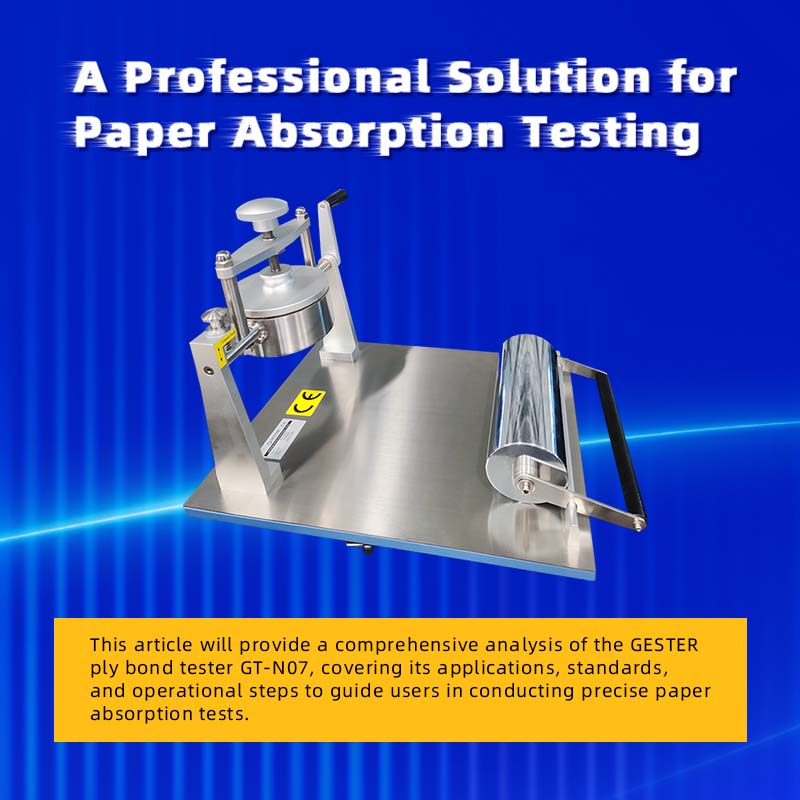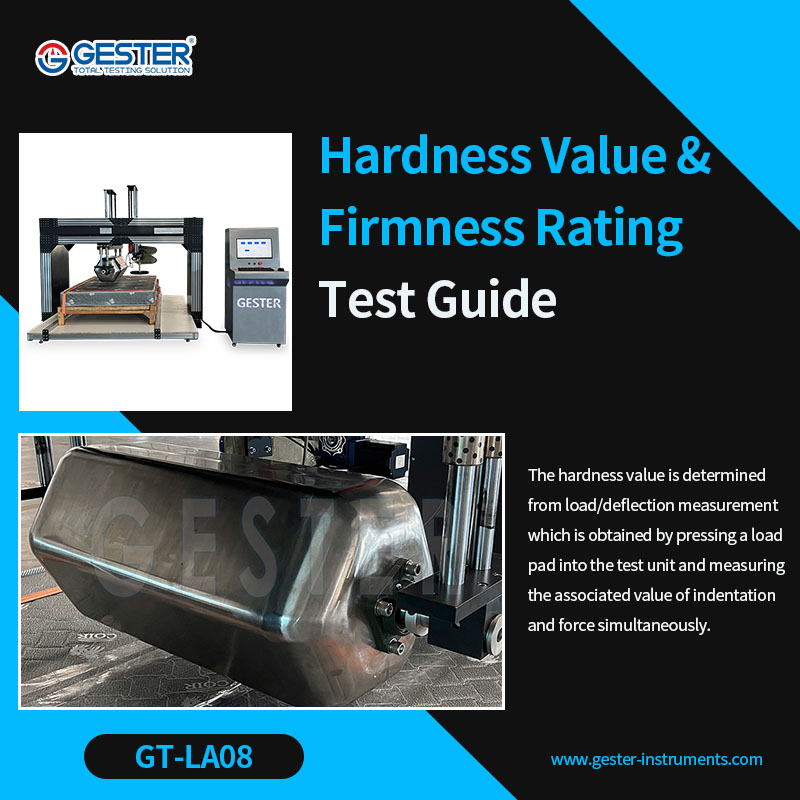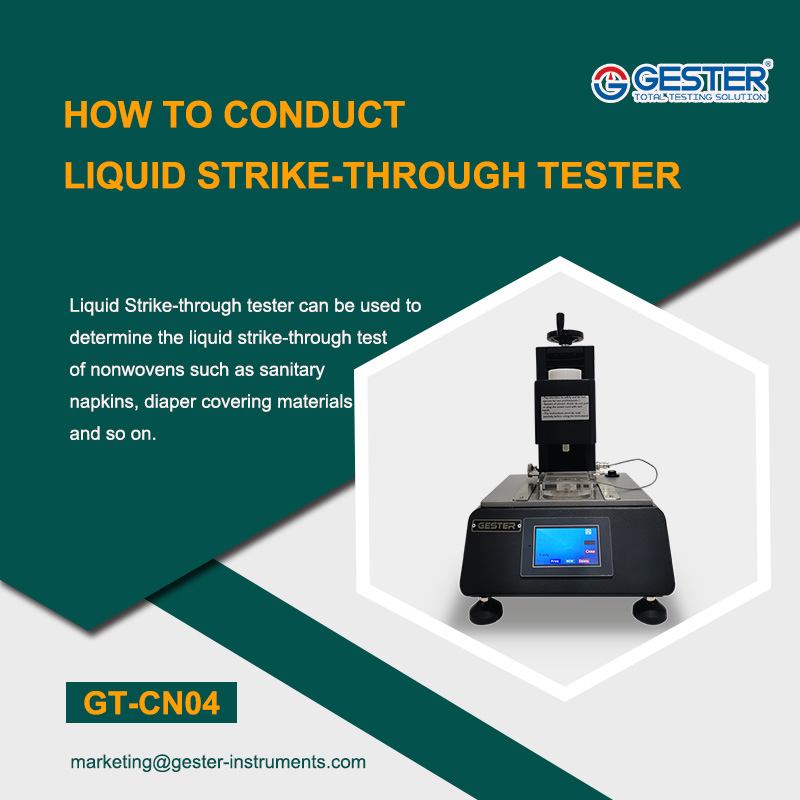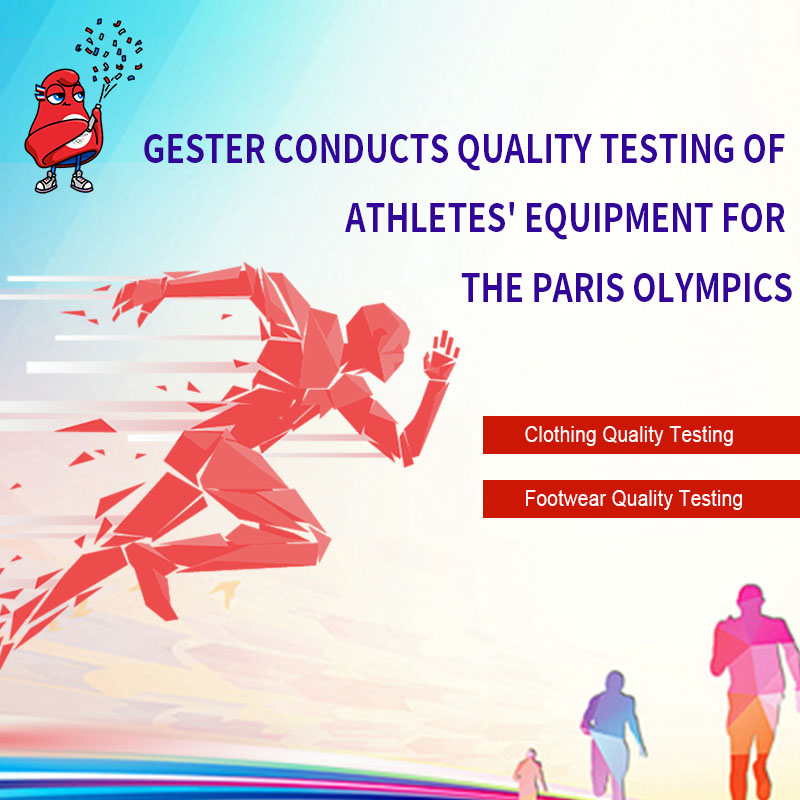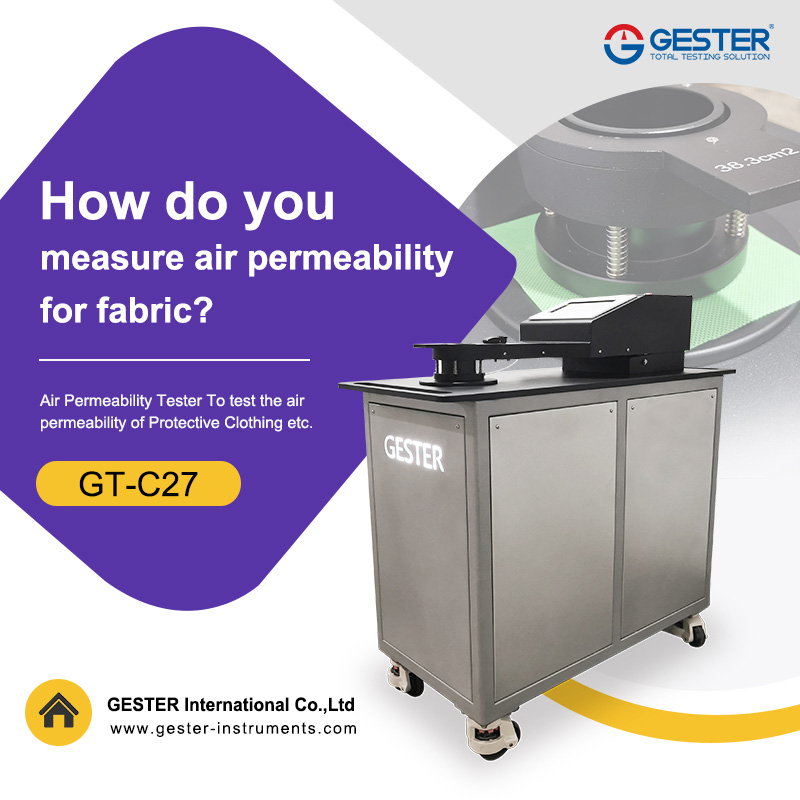How do you Measure Air Permeability for Fabric?
July 30, 2024
How do you Measure Air Permeability for Fabric? Air permeability is a crucial indicator of the comfort and functionality of fabrics, particularly in fields such as sportswear, outdoor gear, and medical textiles. Understanding and accurately measuring the air permeability of fabrics is essential for textile design, production, and quality control. The air permeability tester, a precise instrument, is widely used to measure the air permeability of fabrics. This article will delve into how to use an automatic air permeability tester to measure the air permeability of fabrics. Significance of Fabric Automatic Air Permeability Tester Fabric air permeability refers to the ability of air to pass through the fabric. Fabrics with good air permeability can quickly expel moisture and heat, keeping the body dry and comfortable. This is particularly important for products like sportswear, outdoor gear, and medical textiles. During physical activities, the body sweats profusely, and if the clothing does not have good air permeability, the sweat will be difficult to expel, leading to a wet and cold body, affecting performance and comfort. Similarly, in outdoor environments, equipment like tents and sleeping bags need to have good air permeability and waterproof properties to cope with complex weather conditions. Medical textiles, such as surgical gowns and masks, need to ensure protective effects while maintaining a certain level of air permeability to improve the comfort of healthcare workers. Working Principle of Automatic Air Permeability Tester The air permeability tester measures the air permeability of a fabric by applying different air pressures on both sides of the fabric and measuring the air flow through it. The working principle mainly includes the following steps: First, the fabric sample to be tested is cut to the specified size, ensuring the sample surface is flat and wrinkle-free. Then, the fabric sample is fixed in the test area of the automatic air permeability tester. Next, a specified pressure difference is set on the tester, typically adjusted based on test standards and fabric characteristics. The tester is then started, measuring the air flow through the fabric at the set pressure difference. The test results are expressed in units of volumetric flow, such as cm³/s or L/min. Finally, the tester automatically records the measurement data and calculates the fabric’s air permeability index. Depending on different test standards, air permeability can be expressed as air flow or air permeability rate. To ensure the accuracy and comparability of test results, various countries and regions have established multiple air permeability test standards. Common standards include the ASTM D737 standard by the American Society for Testing and Materials, the ISO 9237 standard by the International Organization for Standardization, and the Chinese national standard GB/T 5453. These standards have detailed regulations on sample preparation, test conditions, d...
View More


